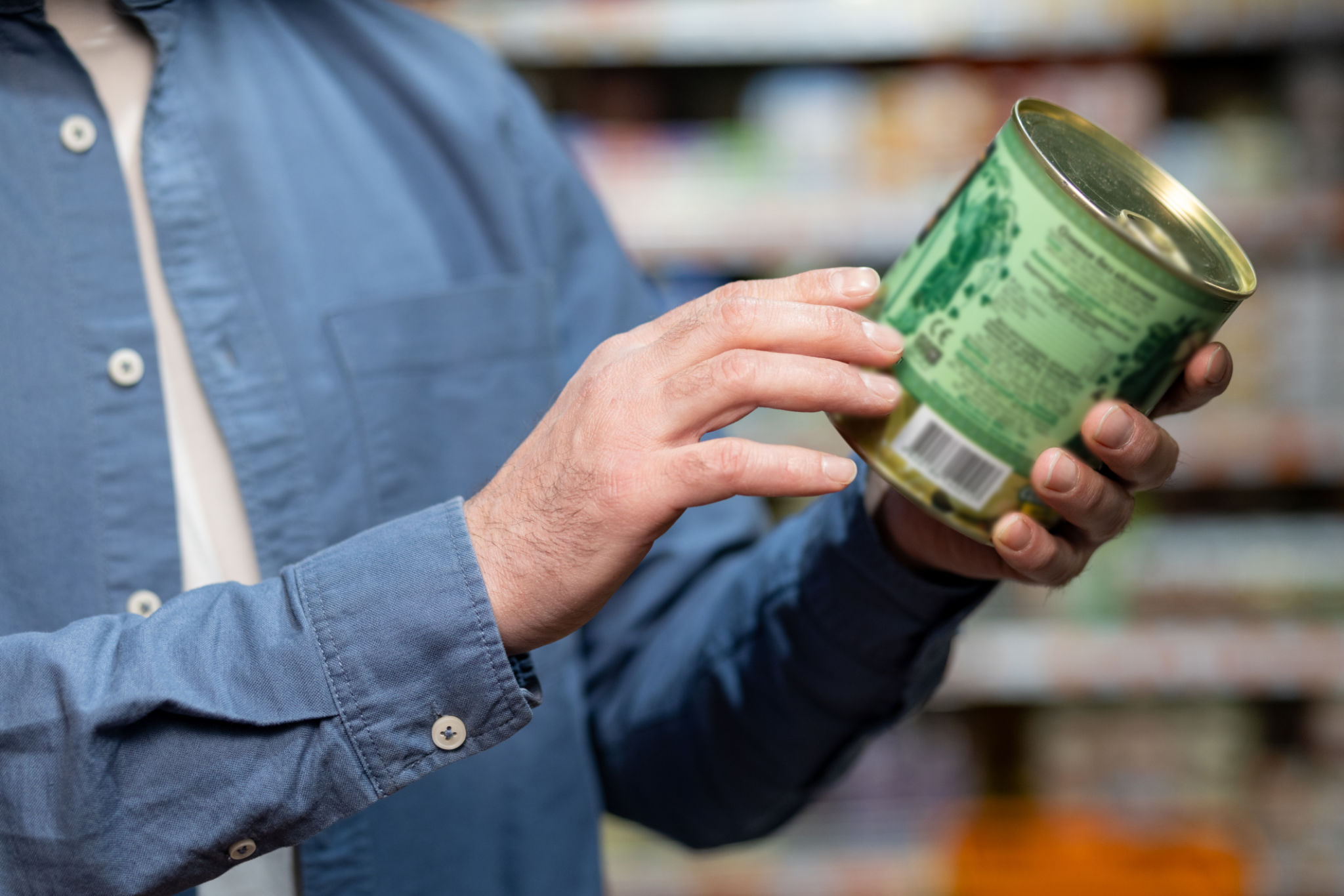Expert Advice: How to Transition Your Pet to a New Diet
Vl
Understanding the Need for a Diet Transition
Transitioning your pet to a new diet can be a crucial step in ensuring their health and happiness. Whether it's due to health concerns, age-related needs, or simply a change in preference, transitioning should be done thoughtfully. It's important to understand that a sudden change can lead to digestive issues or stress for your pet.
Before making any changes, consult your veterinarian. They can provide valuable insights into the nutritional needs specific to your pet's breed, age, and health condition. This guidance is essential in choosing the right type of food that will meet all of your pet's dietary requirements.

Steps to Transition Your Pet’s Diet
Gradual Introduction
The key to a successful diet transition is gradual introduction. Begin by mixing a small amount of the new food with your pet's current diet. A typical recommendation is to start with 25% new food and 75% old food. Gradually increase the proportion of new food over a span of 7-10 days. This slow introduction helps your pet's digestive system adjust without causing discomfort.
Monitor Your Pet’s Reaction
During the transition period, closely monitor your pet for any signs of gastrointestinal distress such as vomiting, diarrhea, or changes in appetite. If you notice any adverse reactions, slow down the transition process and consult your veterinarian if necessary.

Choosing the Right Diet
Understanding Nutritional Needs
Every pet has unique nutritional needs based on their size, age, activity level, and health status. When selecting a new diet, look for high-quality ingredients and balanced nutrition. Protein sources should be the primary ingredient, followed by essential vitamins and minerals.
Avoiding Common Pitfalls
Avoid foods with excessive fillers or artificial additives, as these can lead to allergies or other health issues over time. Instead, opt for natural and organic options when possible. Reading labels carefully is crucial in understanding what you're feeding your pet.

Maintaining Consistency and Patience
Once your pet has successfully transitioned to a new diet, maintain consistency. Abrupt changes in feeding schedules or types of food can disrupt their routine and cause stress. Stick with the new diet for an extended period before considering any further changes.
Remember, patience is key. Every pet is different, and some may take longer to adjust than others. By following these expert tips, you'll help ensure a smooth transition that contributes positively to your pet's overall well-being.
